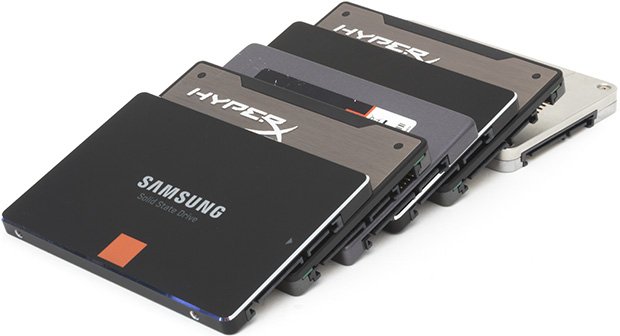Unlike your traditional hard disk drives, an SSD uses NAND flash memory, which can last for years on a stretch. But is it exactly worth the extra bucks for real-life performance? Let’s find out. Read: Solid State Drive vs. Hard Disk Drive.
Do you need an SSD or Solid State Drive?
To start with, there are multiple reasons why you might want to opt for an SSD in place of a standard HDD.
Laptops might take get bumped around when you travel
If you travel a lot with your laptop, chances are your computer is sure to get bumped off in different places when you carry it around. It is better to have a machine that sports an SSD to know that you are protected with a sturdy drive when you get bumped.
Mobility is key
Another benefit of an SSD is that it is much more portable and mobile compared to the traditional HDD. The SSD ends up saving space to include other hardware in the laptop and even reduces weight and thickness. SSDs also require less power, so your laptop battery should last longer.
Boot times are lowered
And finally, boot time. If you have been a Windows PC owner for the longest time, you surely have felt the pain of waiting for your system to boot up after a long time. Using an SSD, especially for booting up Windows 10 will help you notice the sudden changes in the time taken to load all your apps on the desktop. So, now that you have chosen that you do indeed want an SSD for your machine, it’s time to get a bit technical. Read: Hybrid Drive vs. SSD vs. HDD.
The right type of memory for your SSD
Single-Level Cell (SLC) – SLC memory is practically the faster type of memory on any SSD. It is also the most precise when it comes to reading and processing data, which makes it better for your system’s battery life. But the worst part is that SLC is also the most expensive of the lot and the SSDs with SLC are usually used in Enterprise editions.
Multi-Level Cell (MLC) – MLC memory has a larger amount of storage without an increase in physical size, is available for a lower price than SLCs, but, in turn, has slower and less precise Write and Read speeds. They also suck in more power and are less durable compared to the SLCs.
Triple-Level Cell (TLC) – TLC is the cheapest of the lot and thus quite popular in the consumer segment. But, it also has the lowest and least precise write and read speeds. It is also much less durable compared to the other two memory variants due to increased power consumption.
So, this was a brief summary of what SSDs are and how you should choose the right one. Do let us know if you have any suggestions, below. Do let us know if you have any observations to make. Read: SSD Optimization Tips for better performance.
